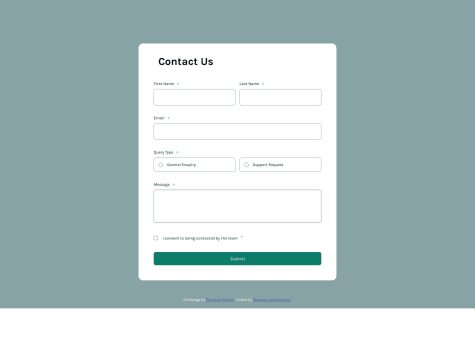Proud of:
- Successfully integrating Tailwind CSS for the first time while maintaining a balanced approach between utility classes and custom CSS
- Creating a comprehensive landing page that covers various CSS techniques
- Building responsive layouts that work across different devices
- Achieving a minimal and clean design aesthetic
Do differently next time:
- Plan a better strategy for Tailwind configuration upfront
- Create a more structured approach to deciding when to use utility classes vs. custom CSS classes
- Establish a more consistent pattern for managing styles across components
- Set up a design system using Tailwind's theme customization earlier in the project
Main challenges:
- Tailwind Integration:
- Challenge: Balancing between utility classes and custom CSS
- Solution: Used Tailwind as a complementary tool rather than forcing everything into utility classes
- Technical Implementation:
- Challenge: Creating a responsive tabbed interface
- Solution: Implemented custom CSS Grid and flexbox layouts combined with Tailwind utilities
- Responsive Backgrounds:
- Challenge: Making background images responsive while maintaining design integrity
- Solution: Utilized responsive design patterns and careful consideration of breakpoints
- CSS Best Practices:
- Optimization of current CSS structure
- Better ways to handle responsive backgrounds
- More efficient approaches to component styling
- Accessibility Improvements:
- ARIA attributes implementation
- Semantic HTML structure
- Keyboard navigation
- Screen reader compatibility
- Code Organization:
- Better separation of concerns between Tailwind and custom CSS
- More efficient configuration setup
- Component structure optimization

















